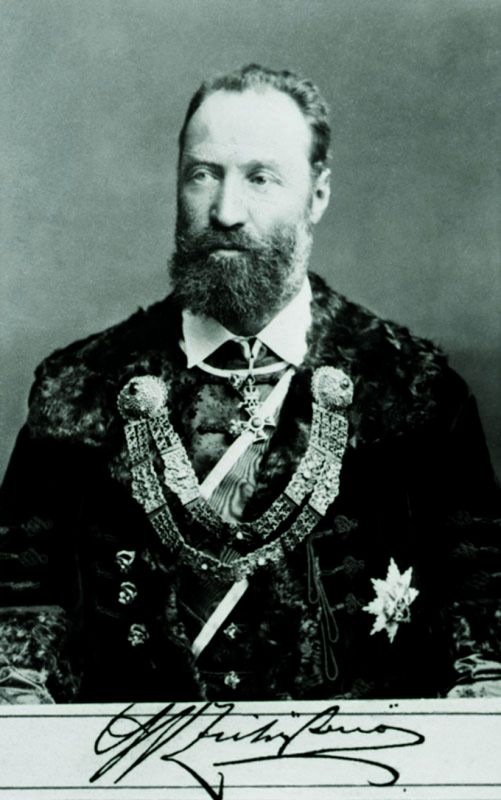
Jenő Zichy's Russian Expeditions
Developing a Digital Database

Count Jenő Zichy, famous Hungarian writer and researcher of Asia, sacrificed his wealth and talent for the research of the ancenstry of Hungarians. On the eve of the nineteenth century he led three expeditions to the territory of the former Russian Empire, which were culturally significant not only from the Hungarian, but also from the Russian point of view. The primary aim of these expeditions was to find the traces of the Hungarian people, although with respect to archaeology, they strove for the accumulation of artefacts from every period as comprehensively as possible. This made the almost unknown past and culture of the regions visited by the count and unexplored by scientific means of the nineteenth century available to the Hungarian as well the international academics and public. It was Zichy and his fellows that first drew attention to the exceptionally rich archaeological artefacts and folklore of these regions by their research of the Ugor peoples. After the three expeditions, the Count brought home a splendid collection of objects, the archaeological unit of which is now held at the Hopp Ferenc Museum of Asiatic Arts. This collection, comprising more than 1300 objects, is the only one in the museum that comes entirely from archaeological source, the third of which can be linked to sites in the territory of present day Russia. Still, only a small part of these objects has been published so far, thus the whole collection is unknown to professionals or the wider public. All of the objects are out of context, therefore, their identification is problematic and dating needs to be revised in many cases, which, in the absence of archaeological findspot, can only be based on finding proper analogies. The collection covers multiple periods and the findspots are completely unknown in many cases. As a a Hungarian-Russian joint project, comprehensive research began with the cooperation of the Institute of Oriental Studies of the Russian Academy of Sciences in 2019, financed by the Russian Foundation for Basic Research (RFBR) for the Russian side and by the Museum of Fine Arts from the Hungarian side. Objects of Siberian origin have been defined and the description and procession of the Caucasian objects in a database have also started. The aim of the reasearch is to create a database of the complete Zichy Collection, placing the objects in context, and publishing data in multiple languages for scientific circulation.
ZICHY PROJECT WEBSITES (ENG/RUS)